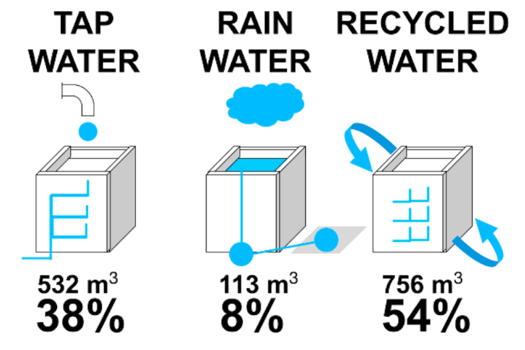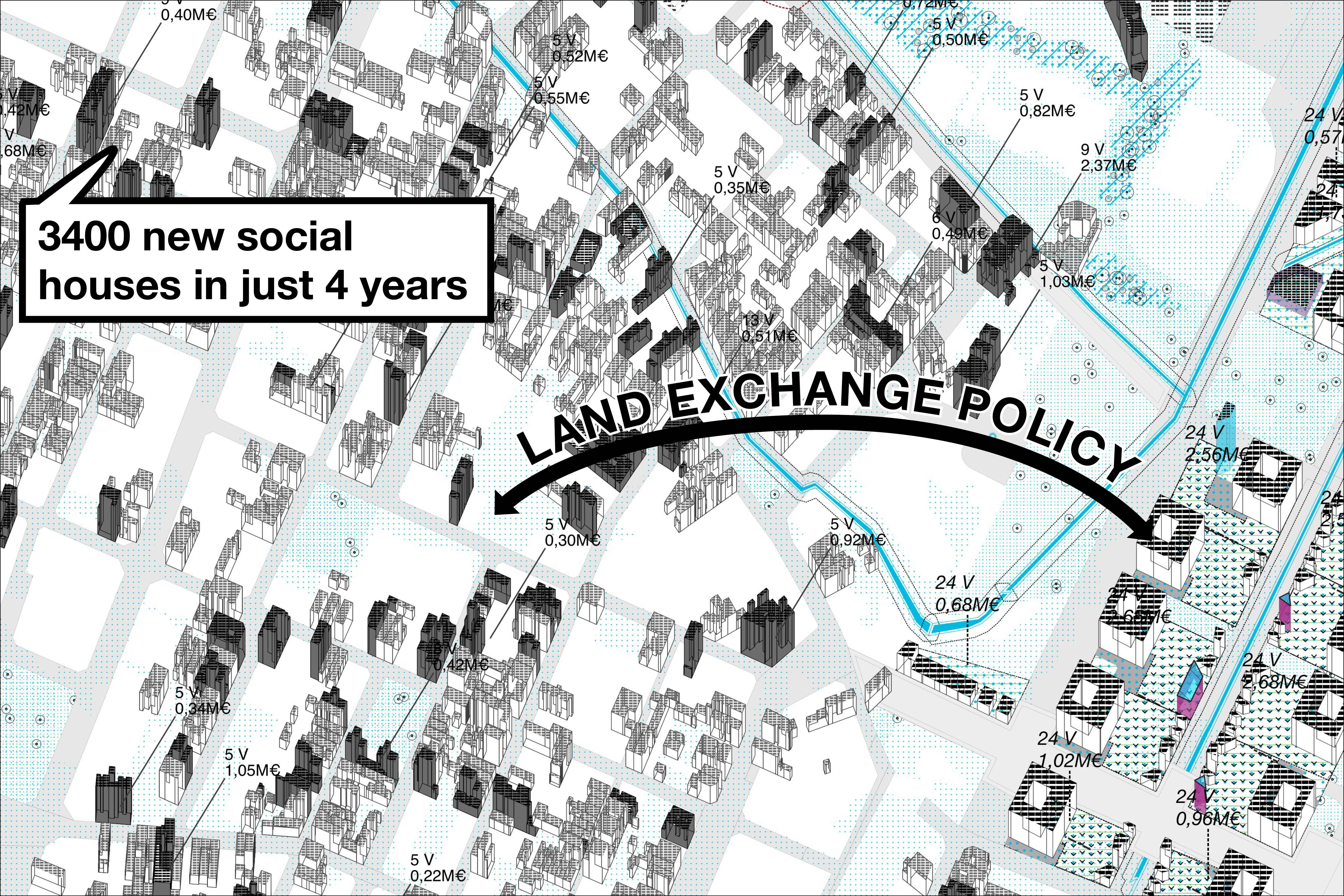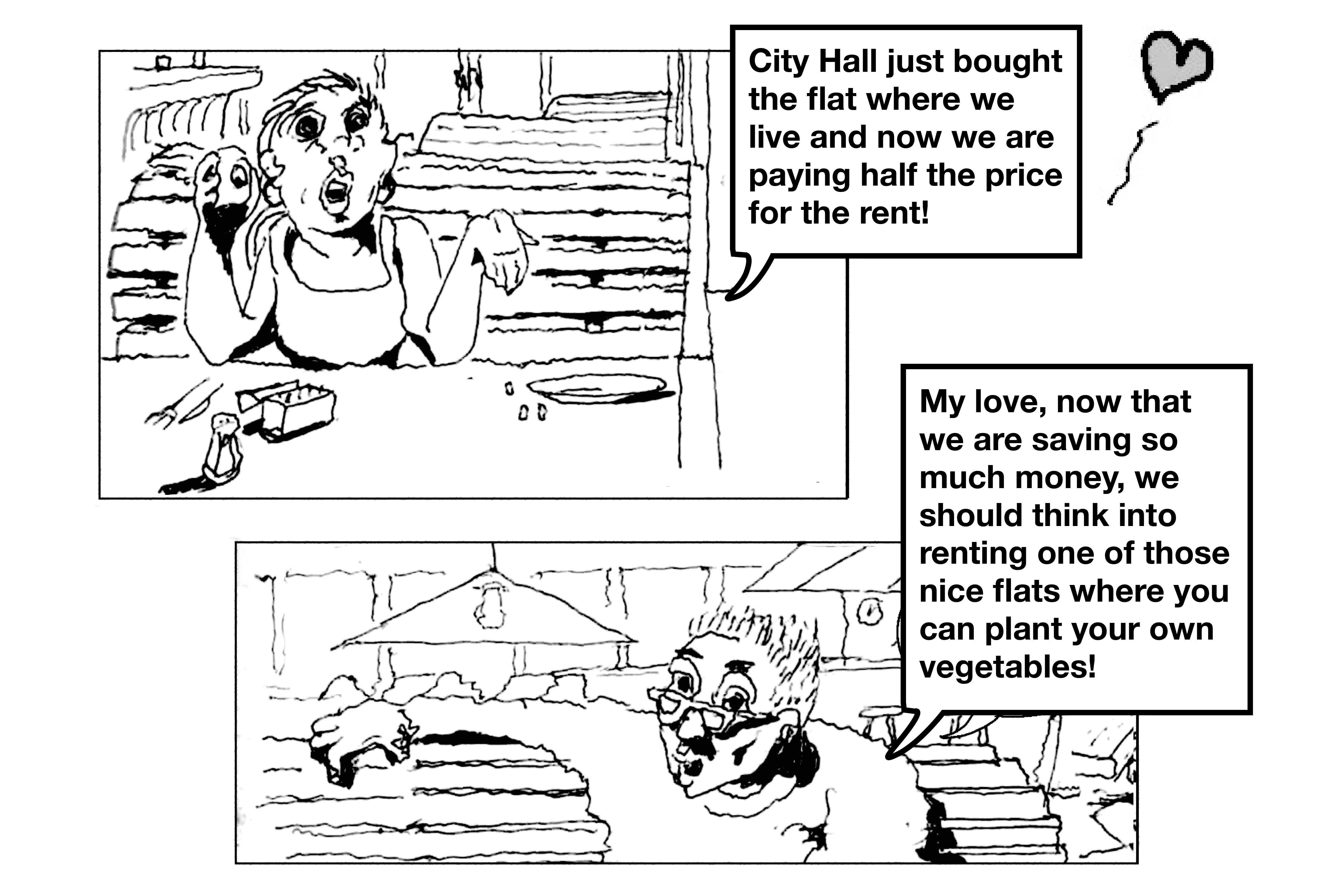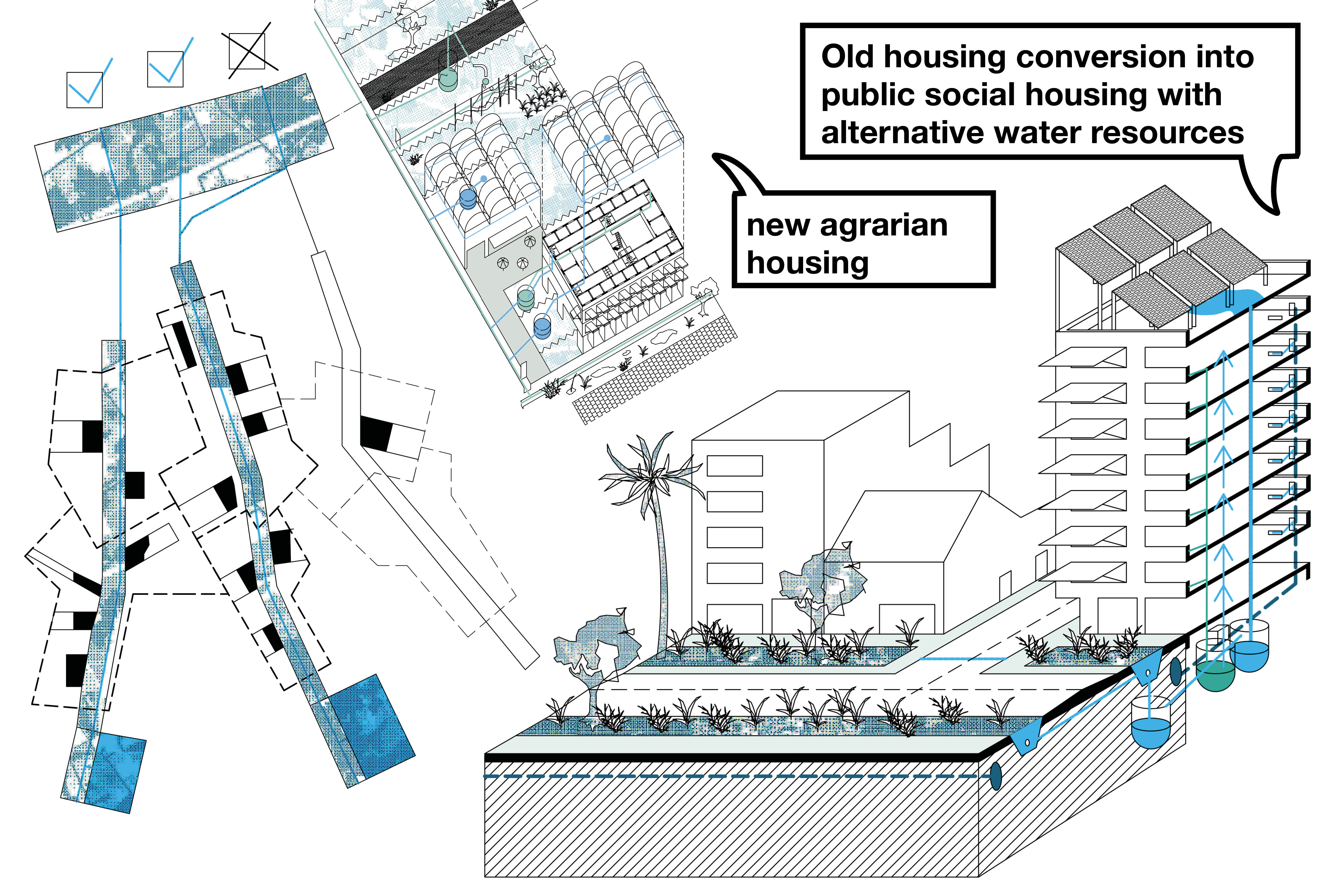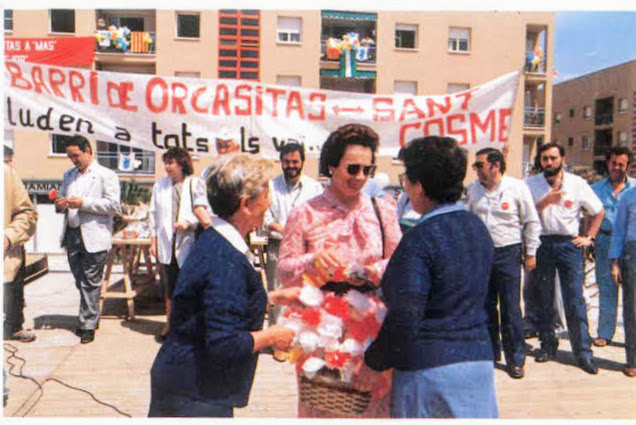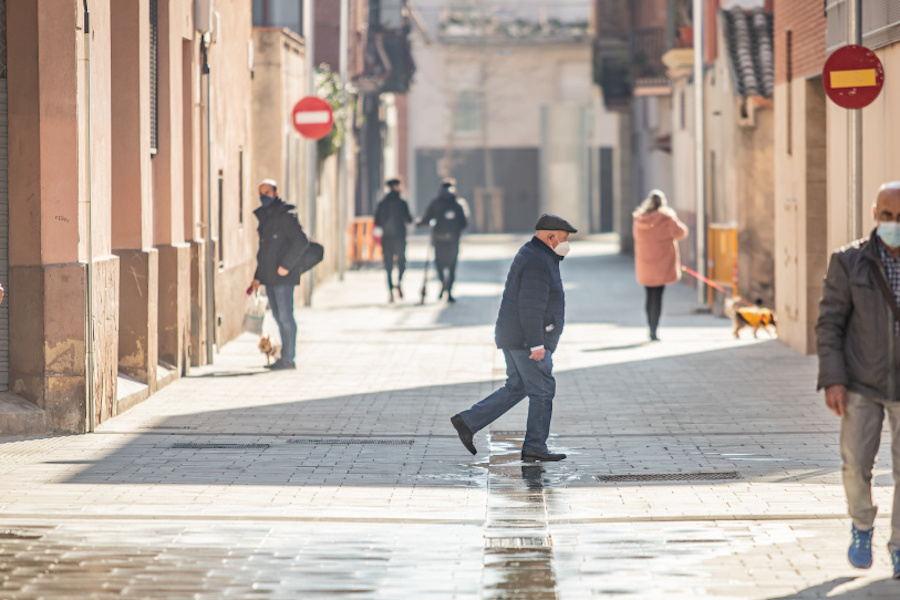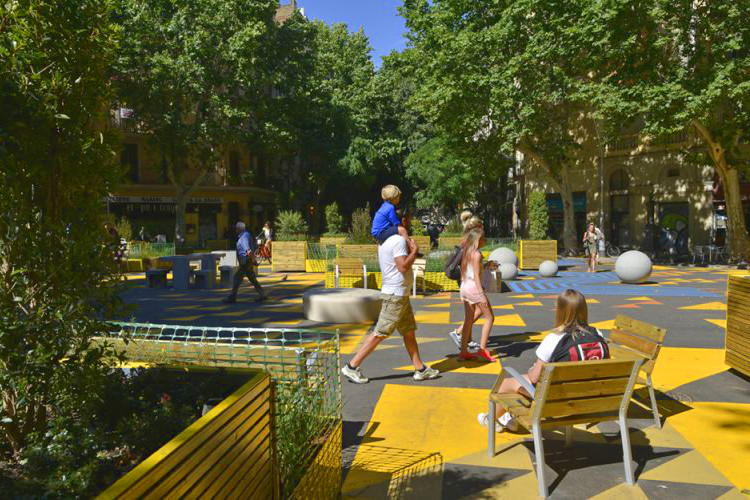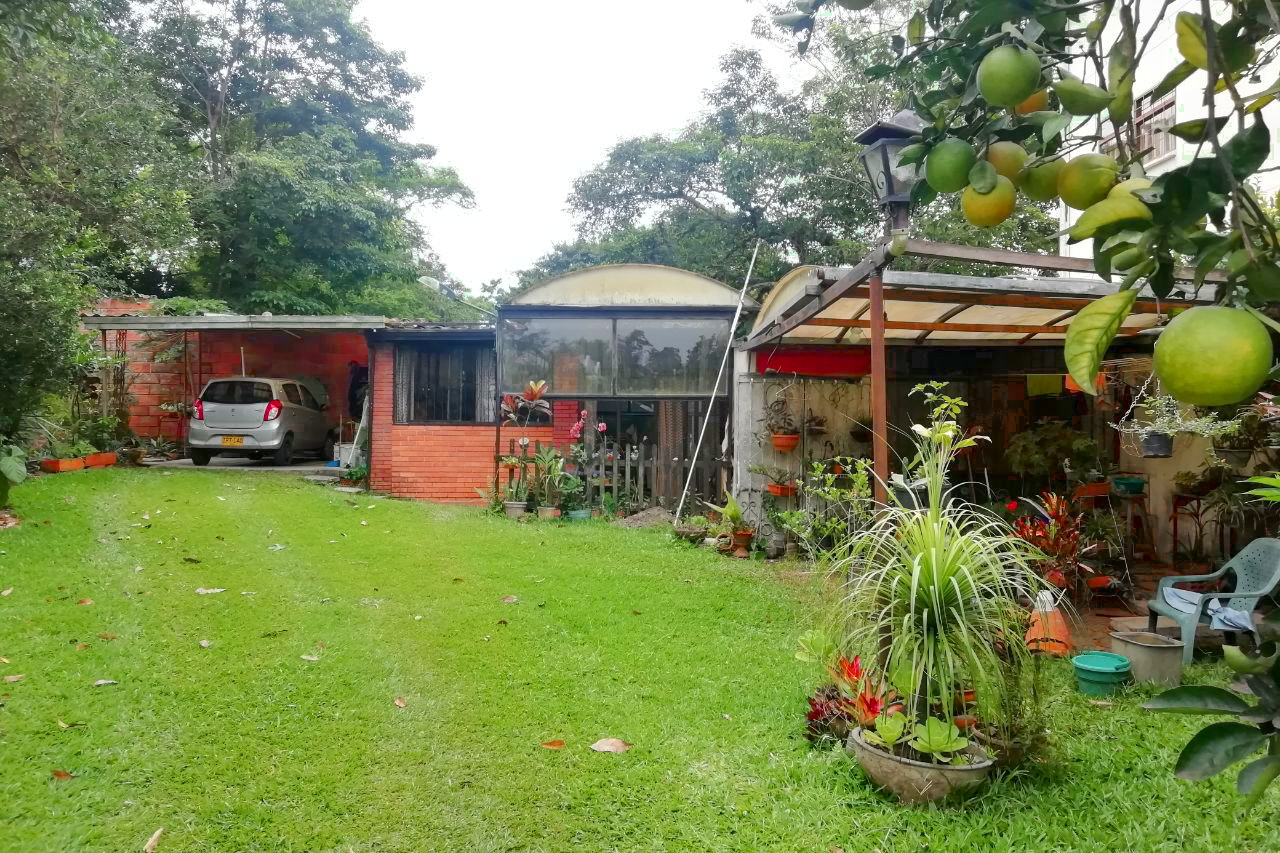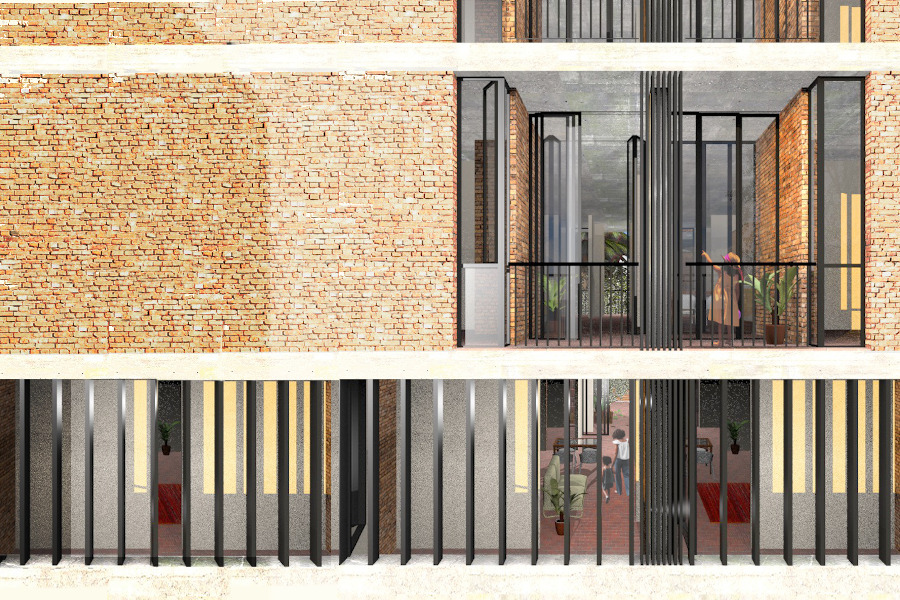POTA BLAVA
El Prat de Llobregat (ES) - Mention Spéciale

DONNÉES DE L’ÉQUIPE
Associés: Alfredo Palomera(ES) – architecte urbaniste
Collaboratrice: Alejandra Duran Castellanos (CO) – avocate
ale.duran@cicra.coop
www.cicra.coop
TEAM PORTRAIT
VIDEO (by the team)
INTERVIEW
Click on the images to enlarge
1. How do you define the main issue of your project in relation with the theme “Living Cities Imagining architecture taking care of the milieus”? And in which way do you think your project can contribute to an ecological and/or social evolution?
Both concepts, «Living cities» and «taking care», indicate the protection of actual communities, and for us that means challenging the concept of city expansion. Instead, we focus on improving the life of struggling individuals with the Right to Housing and the New Culture of Water. Thus, the project turns the tables on real estate expectations to foster the improvement of the city center.
2. How did the issues of your design and the questions raised by the site mutation meet?
We were inspired by the fact that the northern expansion remained stalled since 2007 and that local government wanted to reconsider its sustainability. It was wiser to refocus these concerns towards a regeneration of the old town, to create social housing very fast and manage water resources in houses and streets within the actual urban fabric.
PROJECT:



Urban and social regeneration has been our field of expertise since the 2008 financial crisis. Our learning of political innovation spans 15 years, thanks to grassroots movements. El Prat and Barcelona local policies reveal the impact of this experience: energy communities, negotiation with realtors and Superblocks.
SITE:



The concept relies heavily on negotiation since public officials, realtors and tenants are called to produce at least 3400 social houses in less than 4 years. The swap of public land for private buildings deploys affordable housing in the city center, where is most needed. These swaps give more agency to reach consensus on water reforms in streets and buildings.
REFERENCES:



We knew each other in the midst of social movements and advocacy work for housing rights and against energy and water poverty. Our commitment was obvious, and our knowledge on urbanism and laws was fit to achieve our goal as consultants. Experiences with local governments have taught us that within legal codes, there are tweaks that might produce big changes in the urban fabric that are positive for households.
6. How could this prize help you in your professional career?
To see this bold proposal recognized by an Europan jury is a milestone to help us thrive into the design of more socially aware architecture and urbanism.
TEAM IDENTITY
Legal status: Cooperative
Team name: CICRA
Average age of the associates: 34 years old
Has your team, together or separately, already conceived or implemented some projects and/or won any competition? if so, which ones?
Yes. Alejandra Duran, lawyer and founder of CICRA, provides legal consultancy on water saving measures and Energy Communities in Barcelona. Alfredo Palomera has evaluation of urban planning in 22@, regulation of housing speculation, implementing municipal services to fight evictions and increasing social housing on building rooftops.
WORKS:

